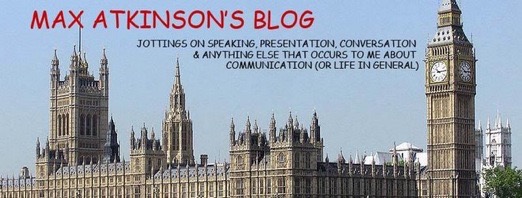I didn’t join Twitter lightly, as I wasn’t at all convinced that it would be worth the time and effort. But if I didn’t have a go, I’d never know.
So what, after the first four weeks Tweeting and reading Tweets, is the verdict so far?
Pros:
- I’ve come across some useful links to interesting people, blogs and websites that I’d probably never have heard about without Twitter.
- Some links to blog posts, websites, etc. do turn out to be well worth reading.
- Announcing new blog posts of my own on Twitter increases the number of visitors to this blog.
- A side effect of (3) is that there’s also been an increase in the number of other blogs that are now including links to this one.
- Since joining, there’s been some improvement in the ranking of my books on the Amazon bestsellers lists.
- I find Tweets useful for occasional short rants or questions that aren’t worth a longer post here.
Cons:
- I find the stream of consciousness stuff extremely irritating and self-indulgent – i.e. I’m baffled as to why so many people think that anyone else (and especially total strangers like me) could possibly be interested in mundane personal waffle about their daily lives, such as going jogging, what they had for breakfast/lunch/dinner and/or whether they’ve taken their children/grandchildren to the seaside or bought them an ice cream while they were there.
- Nor do I understand why so many quotations and management platitudes get posted on Twitter - when there are plenty of other sources, both on websites and in books (remember them?).
But, as the Pros so clearly outnumber the Cons, I’ll be carrying on with it for a while longer.




